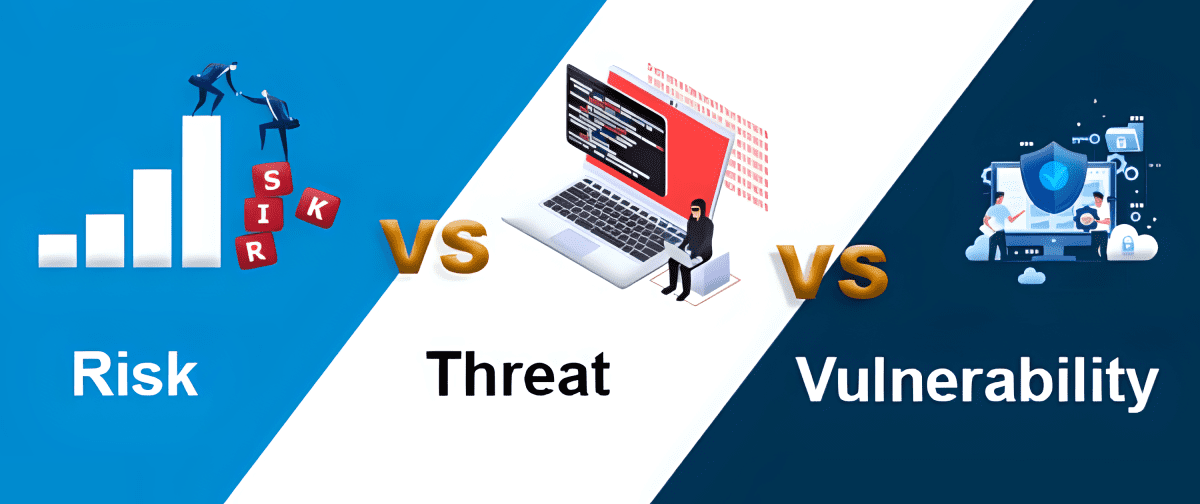Advanced Threat Vulnerability
Advanced Threat Vulnerability

FOR CORPORATE: Advanced Threat and Vulnerability Management Services :
Advanced Threat and Vulnerability Management Services refer to a comprehensive set of cybersecurity measures designed to proactively identify, analyze, and mitigate advanced threats and vulnerabilities within an organization's IT infrastructure. These services are crucial in maintaining a strong defense against sophisticated cyber threats that can exploit weaknesses in systems, networks, and applications. The primary goal is to strengthen an organization's security.
Holistic Security Approach: Offering services that address advanced threats and vulnerabilities across the organization's IT infrastructure.
Continuous Monitoring: Implementing tools and processes for ongoing monitoring of potential threats and vulnerabilities.
Risk Mitigation Strategies: Developing and executing strategies to mitigate advanced threats and vulnerabilities effectively.
Real-Time Threat Detection:
Continuous Monitoring: Utilizing real-time monitoring tools to detect and respond to threats as they occur.
Behavioral Analysis: Employing behavioral analysis techniques to identify abnormal activities indicative of potential threats.
Anomaly Detection: Detecting unusual patterns or deviations from the norm that may signify a security incident.
Random Forensic Investigations:
Proactive Analysis: Conducting periodic, random forensic investigations to identify potential security incidents.
Digital Forensics Techniques: Employing digital forensics methods to analyze and reconstruct events leading to security incidents.
Root Cause Analysis: Investigating the root causes of incidents to prevent future occurrences.
Threat Intelligence Integration:
External Intelligence Feeds: Integrating threat intelligence feeds from external sources to enhance the organization's understanding of current cyber threats.
Internal Threat Intelligence: Utilizing internal sources of threat intelligence, such as logs and incident reports.
Timely Response: Enabling a more timely and informed response to emerging threats based on the latest intelligence.
Data Protection:
Encryption Technologies: Implementing encryption methods to protect sensitive data both in transit and at rest.
Access Controls: Restricting access to sensitive information based on user roles and permissions.
Data Loss Prevention (DLP): Implementing DLP solutions to prevent unauthorized access and transmission of sensitive data.


